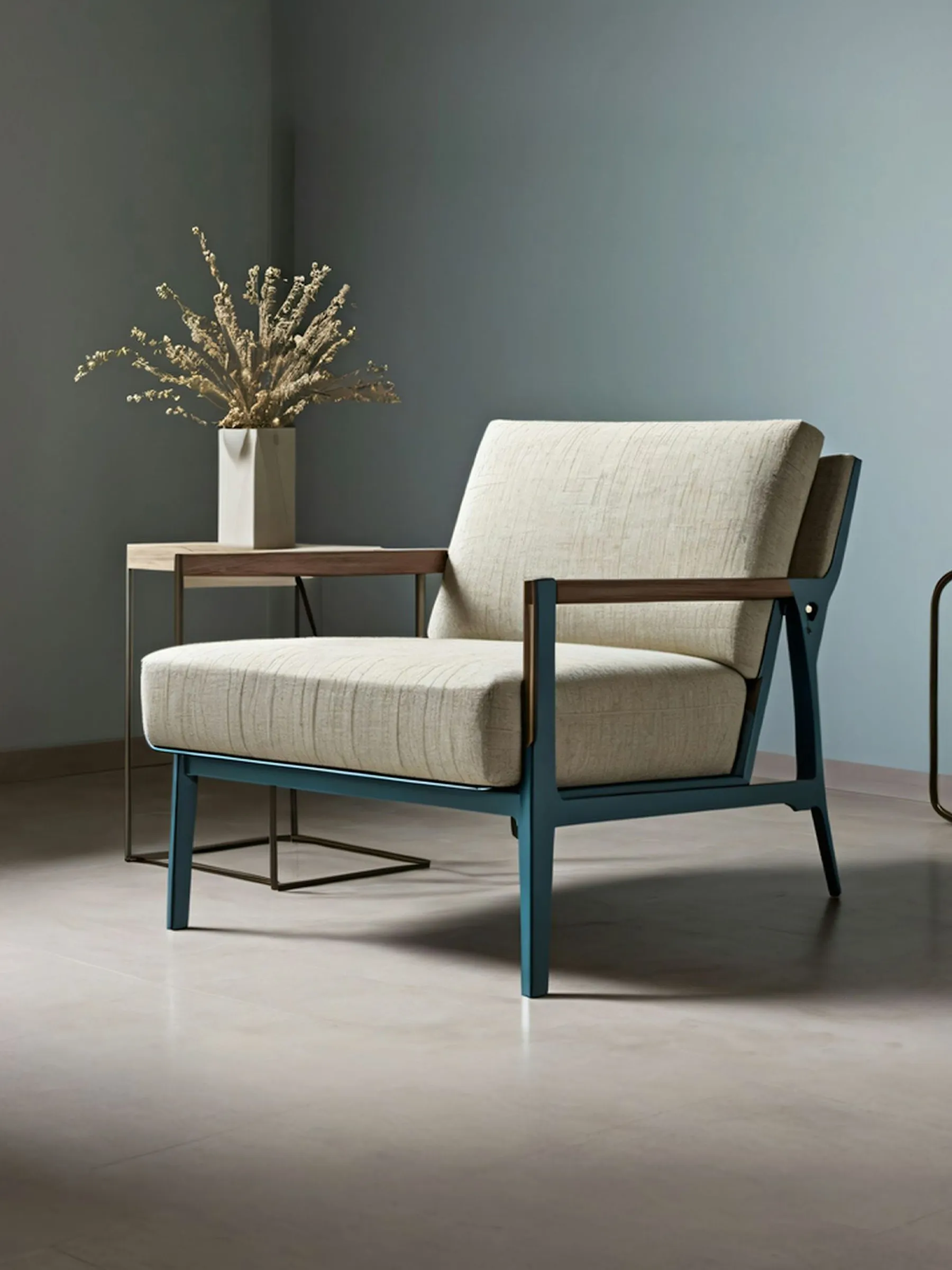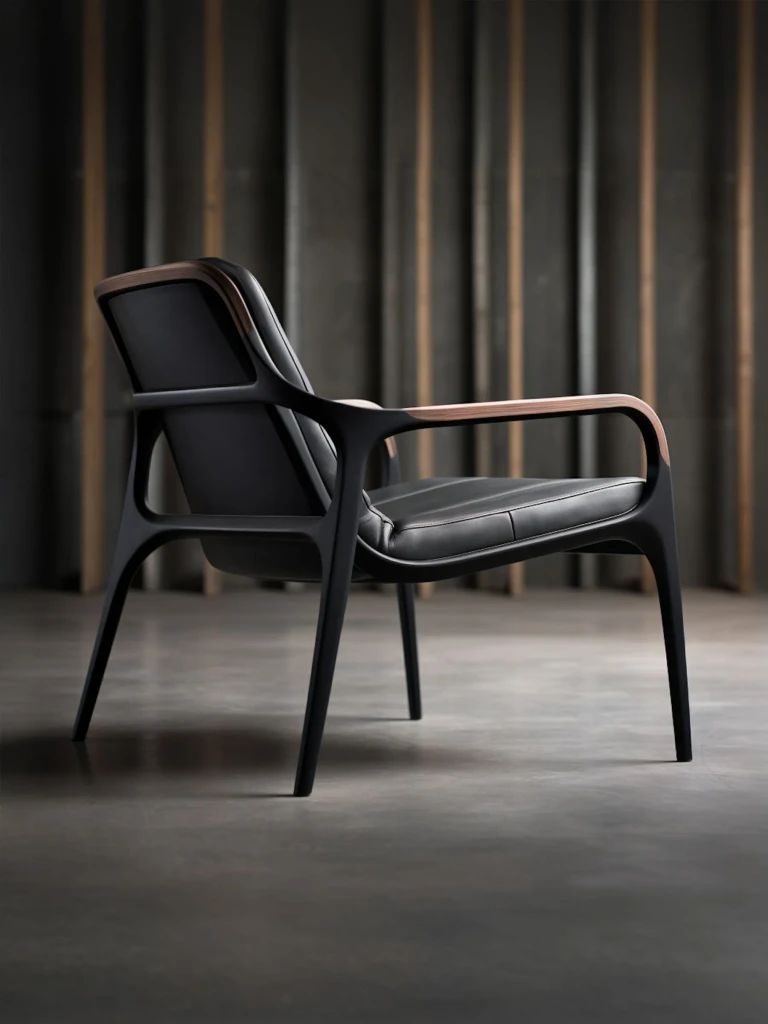Sustainable Furniture: Why It Matters and How to Choose It
Sustainable furniture is eco-friendly and built to last. Discover why it’s important to choose responsibly made pieces and how to find furniture that aligns with both your style and environmental values.
Category
Architecure
Reading Time
10 Min
Understanding the Importance of Sustainable Furniture
Sustainable furniture goes beyond aesthetics, addressing environmental impact, ethical sourcing, and long-term durability. As people become more conscious of their ecological footprint, choosing sustainable options has become a powerful way to reduce environmental impact and promote ethical practices. Sustainable furniture supports not only eco-friendly production but also a circular economy where resources are reused and preserved.
Furniture production often involves processes and materials that can harm the environment. Traditional furniture may use non-renewable materials, toxic chemicals, and unsustainable practices that contribute to deforestation, pollution, and waste. By choosing sustainable furniture, you're helping minimize these negative effects, as sustainable practices prioritize renewable resources, minimal chemical use, and reducing waste.
The concept of sustainability in furniture also relates to durability and design longevity. Unlike fast furniture, which is designed for short-term use, sustainable furniture is crafted with quality and endurance in mind. Each piece is built to last, preventing the cycle of constant replacement and disposal. As a result, sustainable furniture is both a responsible choice for the environment and a lasting investment for your home.
What Makes Furniture Sustainable?
Sustainable furniture is characterized by eco-friendly materials, ethical manufacturing practices, and reduced environmental impact. One of the main components of sustainability is using responsibly sourced wood, such as FSC-certified wood, which ensures that the material is harvested in a way that preserves forests and biodiversity. Bamboo and reclaimed wood are also popular sustainable choices, as they reduce deforestation and make use of renewable resources.
Another factor to consider is the finishing process. Many sustainable furniture brands use water-based, low-VOC, or non-toxic finishes that reduce harmful emissions and contribute to better indoor air quality. This commitment to safe finishes not only protects the environment but also makes your living space healthier. Choosing furniture with natural or low-impact finishes is especially important for families and spaces where air quality is a priority.
Sustainable furniture also considers the entire lifecycle of the product, from production to disposal. Many eco-friendly brands prioritize recycled or recyclable materials and use minimal packaging to reduce waste. Some companies even offer take-back programs or recycling options at the end of a product's life, ensuring it doesn’t end up in a landfill. When you buy sustainable furniture, you’re supporting a process that’s designed to minimize waste at every stage.
How to Choose the Right Sustainable Furniture
When selecting sustainable furniture, start by researching brands that emphasize transparency and eco-friendly practices. Look for certifications like FSC, Fair Trade, or B Corporation status, which verify the brand’s commitment to ethical and sustainable practices. These certifications indicate that the company meets high environmental and social responsibility standards, making it easier to make informed choices about your purchases.
Material quality is another essential consideration. Prioritize furniture made from durable materials like solid wood, bamboo, or metal that can withstand years of use. Avoid materials like particleboard and plastic, which often have a shorter lifespan and may not be recyclable. Quality craftsmanship also plays a significant role in durability—handcrafted furniture or pieces built with traditional techniques are often made to last, supporting both sustainability and timeless design.
Lastly, choose furniture with a timeless style that will integrate well into your home over the years. Sustainable furniture isn’t about following trends but rather investing in pieces that have enduring value and aesthetic appeal. By focusing on quality, timelessness, and responsible production, you’re not only creating a beautiful, eco-conscious space but also supporting a more sustainable future for furniture design.


